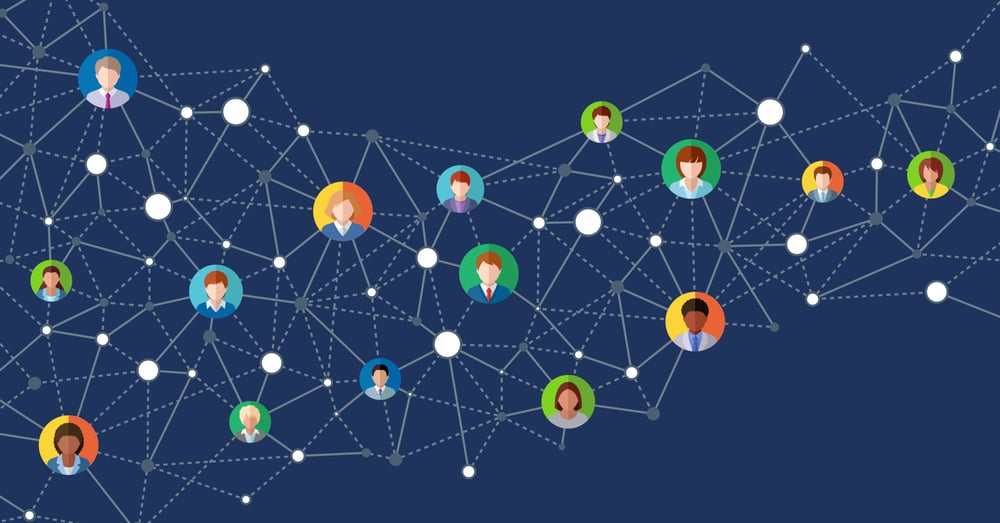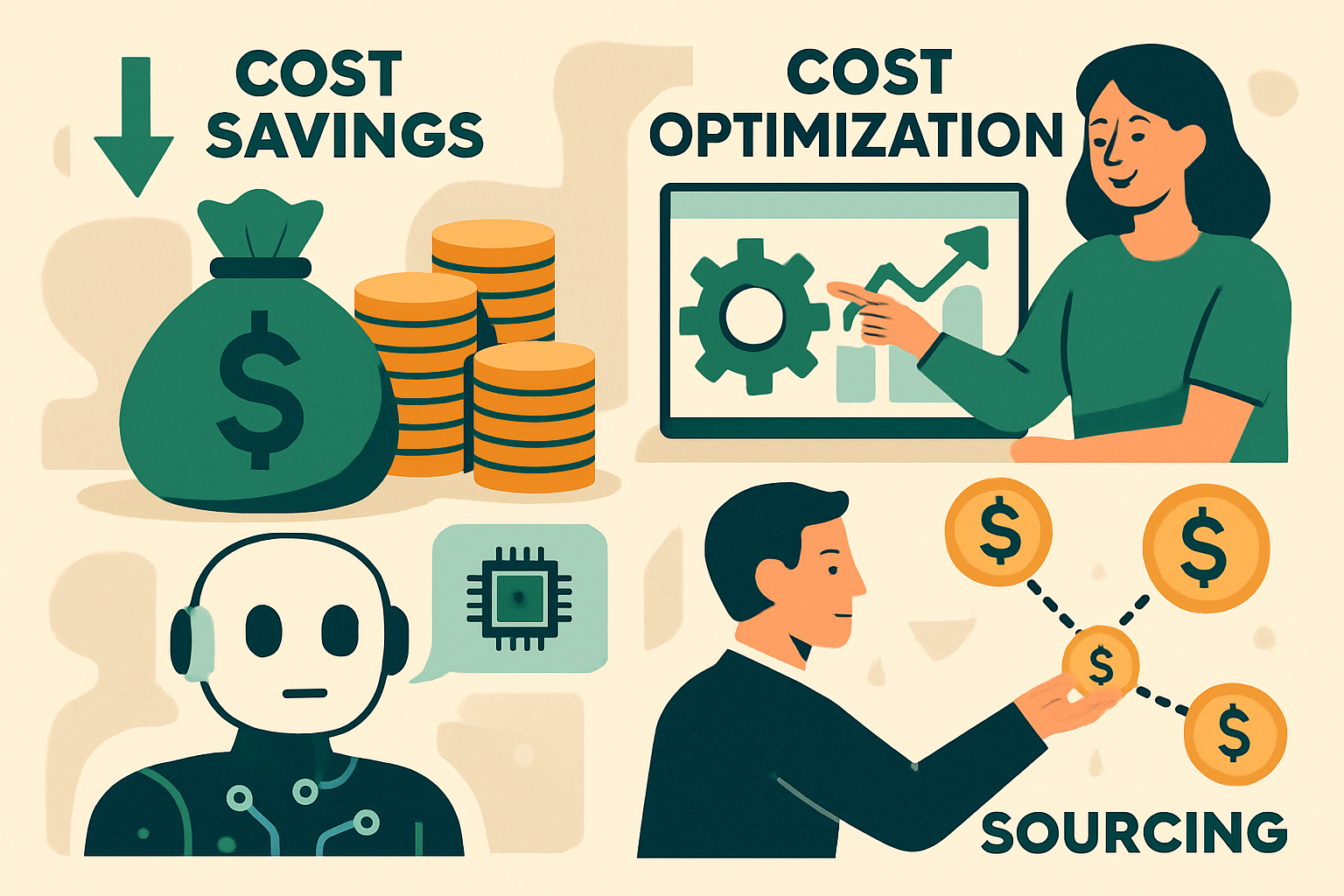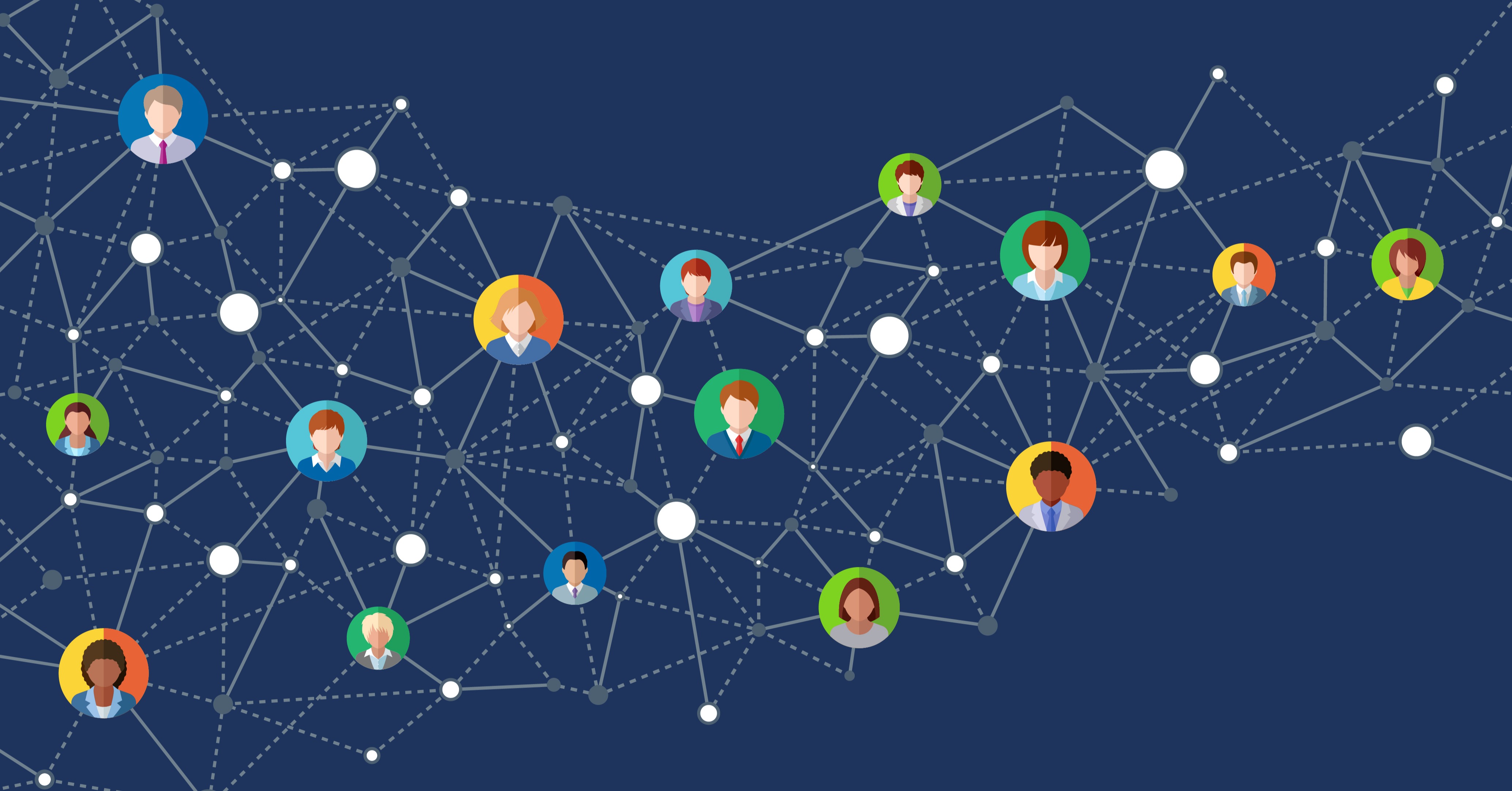The Modern HR Ecosystem—Disruption and Opportunity

There’s a new approach to an old HR problem: artificial intelligence (AI). Our goal remains the same, though—hiring great talent and offering a great employee experience. Securing and retaining human capital that is aligned with the company’s core values is paramount. Emerging AI and machine learning (ML) technologies will have a significant impact across the HR function.
Tools and applications with intelligent analysis capabilities are already playing a big role in helping HR teams sift through swaths of data related to employee engagement, performance, and development. As AI and ML advance, HR will continue to use these potent tools to find new means of organizing, strategizing, and scaling delivery of a more personalized and relevant employee experience. The result will be the extinction of traditional HR practices.
Replacing Old Practices with New Technology
AI can now complete tasks that would otherwise require human cognitive capabilities, allowing HR teams to focus on strategic initiatives and consultative partnerships with employees and leaders. Perhaps HR automation’s greatest strength to date is the value added to daily operations.
Tasks that are redundant and limited in complexity can now be managed effectively with the adoption of modern technology. Using chatbots and tools with self-service and on-demand capabilities allows for a more rewarding employee experience.
Recruiting and related employment branding are also fertile ground. AI is disrupting how we connect with active and passive candidates. Outreach efforts are more targeted and relevant for both the prospect and recruiters. This marriage of technology and employment branding efforts can be extremely valuable with the adoption of the right technology partner. Organizations can share their values and culture in an authentic yet relatable way, regardless of who and where they need to hire.
Candidate assessment through gamification is another area of opportunity. Using AI in digital interviews can assess verbal and nonverbal cues in facial expression and body language. Incorporating AI into résumé screening will increase selection efficiency and assess candidate fit based on potential rather than past performance.
This further extends to career pathing, whereby data analysis can suggest possible employee career directions by assessing prior work experience, available development opportunities, and employee performance trends.
Limitations Still Exist
Although this can all be incredibly helpful to HR’s mission, limitations certainly exist. To start, challenges may be specific and unique to each organization. One needs to identify the business problem before thinking about AI and exploring what technology can be used to solve it. Moreover, some HR functions face budgetary constraints and lower organizational prioritization for investment.
We can’t ignore the fact that local priorities often conflict when determining what technology investment to make. What’s more, unaligned systems and processes are problematic. AI solutions need to fit into the current architecture of a company’s HR technology stack to prevent data from sitting in silos.
Of course, the emotional impact of significant disruption is always present. AI has inevitably triggered fear of mass unemployment, but our perspective is that AI is transforming the workplace to be more human, not less. We are entering an era of human-machine partnership; technology is always most effective when complementing humans, not replacing them.
It is important to understand that AI is not used to automate jobs but to automate tasks, thus increasing productivity and performance. AI will actually give employees the opportunity to become more efficient, proactive, and strategic rather than spend too much time being reactive.
It is HR’s responsibility to inform employees that creativity, complex problem solving, and emotional intelligence—some of the most vital workforce skills—will remain difficult for technology to replicate. To that end, HR will need a strategy, informed through analyzing what roles, processes, and workflows will be reskilled by AI. This will prepare, develop, and train the workforce for a structural shift in jobs.
Everyone Must Be Onboard with Change
The enterprise must embrace this change and begin to evaluate its software. Applying AI-based planning and engagement tools will allow organizations to take better control over relationship-building with its employees. And, getting on board the AI of tomorrow at this early stage means gaining a competitive advantage. The tools to make things better must be available to all organizations, and better means higher-quality decision-making, favoring the business overall.
HR best supports an organization when it has insights and a plan aligned with the skills and roles needed to support growth. As HR leaders, we have to be open-minded and willing to adopt AI into our daily routines. AI will absolutely change the way we source, assess, hire, train, develop, pay, and move people—for the better.
In the next 5 years, HR will become digital and human, which requires a focus on optimizing the combination of the two. HR teams and leaders must develop fluency in AI while shaping HR to be more personal and intuitive.
Ultimately, resourcing remains an inherently human domain. In that regard, intuition and emotional intelligence are still essential. Relationship-building and human-centric management must be balanced with the automated scalability AI enables. As we seek that equilibrium in a time of unprecedented disruption and opportunity, now is the time for HR leaders to prepare for sweeping change.
***********************
Sonia Mathai is Chief HR Officer at Globality.



